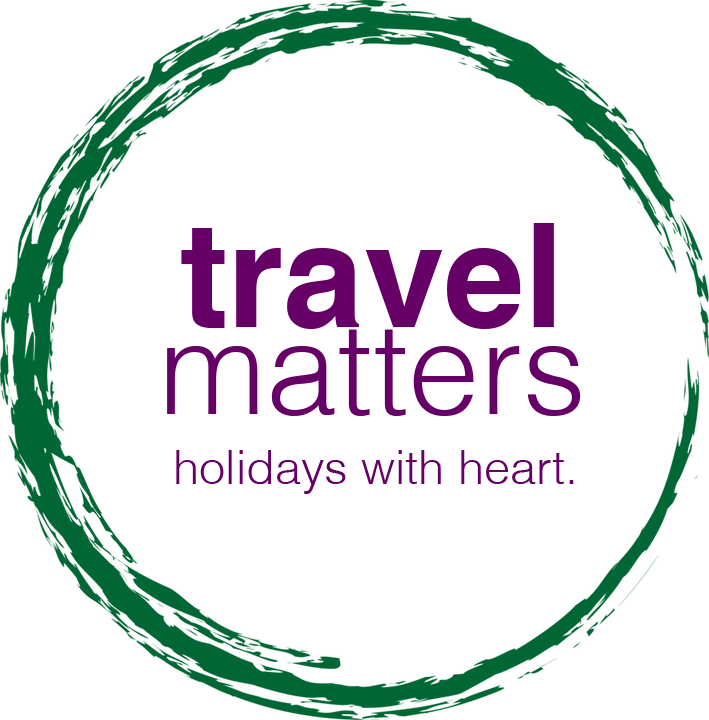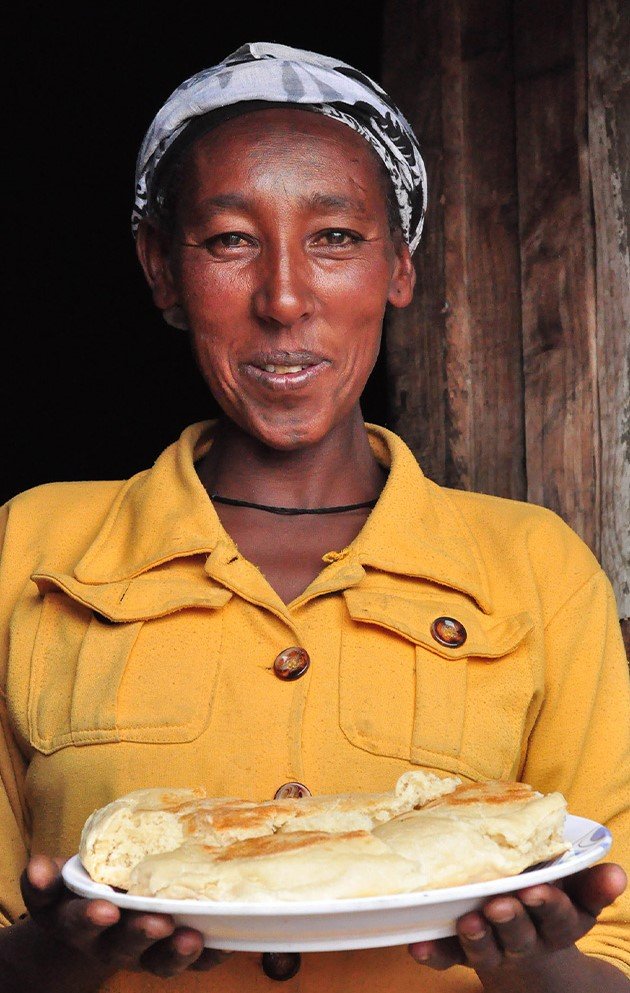Many of you who know me personally will understand that I am obsessed with the healing qualities of water, especially the cold water. Having swum at Tooting Bec lido for the last 14 years throughout the winter months as well as the summer, I am convinced of the healing benefits of cold water. I created retreats by a Scottish Loch so I could share my passion of the water with others. This pastime has opened new doors for me, I have become a swim ambassador and volunteer for Mental Health Swims, I qualified as an open water lifeguard and more importantly I have made some new friendships from the global cold water swimming community.
Karen at the Guinness World Record attempt for under ice swimming in Norway
Amber Fillary is one of those new connections for me. Amber is an individual who too, understands the benefits of the cold water for wellbeing. As a recovered addict and someone who suffered with mental health issues, she is now a motivational speaker who too, wants to share her love for the healing qualities the cold water brings. In autumn 2023, we are partnering together to organise another retreat in Scotland. Amber is also a free diver (don’t try this at home!) and was attempting to break her own Guinness World Record on swimming under ice in a single breathe for over 100 metres. The attempt was in Norway this March.
The river at Kongsberg, Norway
I travelled to Norway to watch her. I flew with Norse Air, a new airline that offers affordable fares on long-haul flights, primarily between Europe and the United States. It has a service to New York from London via Oslo. From Oslo, I headed to Kongsberg by train. There is a train station directly at the airport for ease and an hourly train service to Kongsberg. The town of Kongsberg was very close to being the capital of Norway in the 17th century due to their wealth from the silver they mined. These days, it’s a small town of just over 26,000, lying on the mighty river Numedalslågen.
Amber Fillary by the ice hole, Norway
Amber’s attempted free dive took place just outside of Kongsberg in a lake. With ice holes dug out set 10 metres apart, the ice was over 50 cms in depth. There were scuba divers under the water and judges above as well as below the frozen lake. Sadly, due to a bad infected cut on her knee, which had got worse by the hour with swelling on her shin too, her body was unable to achieve her record attempt. Being under the water for over 3 minutes on a single breath whilst dealing with an infection meant that despite having trained and achieved the distance in the days before, her attempt did not qualify for the officials. It was disappointing for her. The Guinness World Records are not easy and this extreme sport is dangerous. She is determind to secure her own record and will return to the lake in twelve months to attempt the record again.
After my time in Kongsberg, I returned to Oslo. I had several hours looking around the city by foot. Must see attractions are the harbour, the Akershus Fortress which is a medieval castle built to protect and provide a royal residence for the city, and the Royal Palace. The Royal Palace in Oslo was built in the first half of the 19th century as the Norwegian residence of the French-born King Charles III John, who reigned as king of Norway and Sweden.
Opera House Oslo, Norway
Oslo has several ski fields around the city. Climbing hills in Norway is a natural thing to do. This seems to apply to a very special building too. The city’s iconic Opera House. You must climb the Opera House roof. Climb for amazing views of the fjord archipelago with small, traditional wooden summer houses. You get a great view of the saunas alongside the waterfront with cold water bathers enjoying a sauna experience with a cold dip in the icy waters of the fjord.
Saunas by the waterfront in Oslo Norway
I caught the 81 bus from Oslo centre to head to my final destination, a hotel that specialises in wellness. The Well is a all singing, all dancing Spa hotel. You can join in the spa rituals for a unique and exciting wellness experience. I participated in the magical sauna rituals, hot and cold baths, and felt the community with others. This can give you a real mood boost and strengthen your body and mind!
With saunas, hammans, jacuzzis, pools – inside and outside, I could not think of a better place to unwind, to relax and become quite zen- like after the emotional rollercoaster of a weekend. I spent an hour or two dipping in and out of water and heating up my core again in a sauna before chilling off in the cold water. The Well attracts many locals who come to enjoy the spa, however the hotel has hotel rooms for guests wanting to stay overnight. The brasserie serves delicious meals where you can dine in your bath robe – no need to get dressed. Their Signature rooms have large windows that let in both generous amounts of light, the clean air and the sounds of the forest.
Oslo fjord, Norway
Before you head to Oslo, I recommend downloading the app Ruter on your phone for easy access on the public buses and trams. Norway is a magical country to visit. I didn’t raise my expectations for a sighting of the Northern Lights – best to consider a Northern Lights sighting as an added bonus and not go in search of them. The countryside is naturally so beautiful this time of year– snow laden trees in frozen landscapes. When the sun shone, it is extremely white all around from the snow’s brightness. Don’t forget to pack sunglasses as well as thermals, a hat and gloves.
Karen travelled to Oslo and Kongsberg in Norway to support Amber Fillary – twice Guinness World Record holder for Apnea Swimming.














